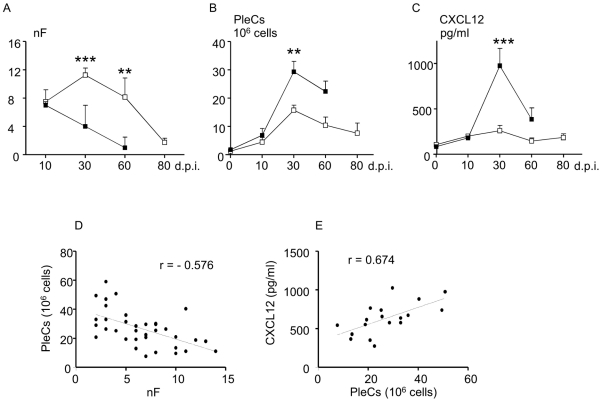Figure 1. Filarial survival, pleural cell recruitment and CXCL12 levels during the course of the infection.
A. Worms were collected during the infection time course from 10 days p.i. to 60 daysp.i in C57BL/6 mice and 80 days p.i. in BALB/c mice and were counted (nF). B. Pleural exudate cells (PleCs) were isolated at necropsy by flushing the pleural cavity and counted. C. The level of CXCL12 was measured during the course of infection in pleural washes of C57BL/6 and BALB/c mice by ELISA (eBiosciences). Open squares represent BALB/c mice, black squares C57BL/6 mice. Results are expressed as mean ± SEM of 3 independent experiments pooled together, each carried out with 6 mice per group. The differences between strains and the modifications during time course of the infection were analyzed by a two-way analysis of variance. For each analysis (nF, PleCs, CXCL12), strain and time effects were significant. Comparison between strains for each time point was further assessed by Bonferroni's multiple comparison test. The character “*” represents significant differences between the C57BL/6 mice and the BALB/c mice (**p<0.005, ***p<0.001). D. Correlation between the filarial load and number of the pleural exudate cells was assessed by Spearman's test (r = −0.576, p<0.01). E. Correlation between the number of pleural exudate cells and the pleural CXCL12 concentration was assessed by Spearman test (r = 0.674, p<0.01). Graphs show the linear regression between the factors.

